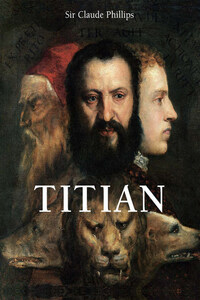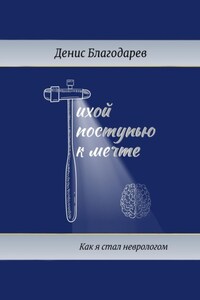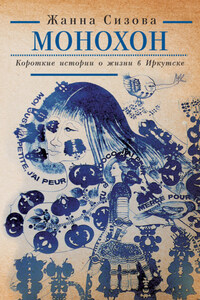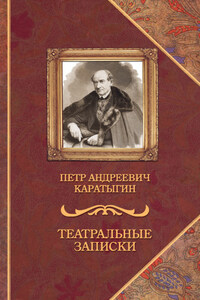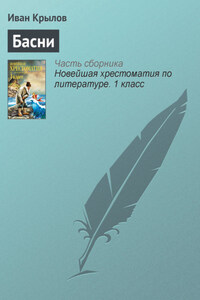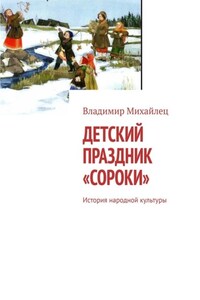Layout:
BASELINE CO LTD
61A-63A Vo Van Tan Street
4>th Floor
District 3, Ho Chi Minh City
Vietnam
© Parkstone Press International, New York, USA
© Confidential Concepts, Worldwide, USA
Image-Bar www.image-bar.com
All rights of adaptation and reproduction reserved for all countries. Except as stated otherwise, the copyright to works reproduced belongs to the photographers who created them. In spite of our best efforts, we have been unable to establish the right of authorship in certain cases. Any objections or claims should be brought to the attention of the publisher.
* * *
Titian (Tiziano Vecellio), Self-Portrait, 1565–1570.
Oil on canvas, 86 × 65 cm. Museo Nacional del Prado, Madrid.
Titian (Tiziano Vecellio), Paul III with the Camauro, c. 1545–1546.
Oil on canvas, 105 × 80.8 cm. Museo Nazionale di Capodimonte, Naples.
Titian is one of the greatest, most influential painters in Italian art. Though the names of Leonardo da Vinci and Michelangelo, figures so rarefied by centuries of adulation that we have all but lost sight of the power of their works, may ring more loudly to twenty-first century ears than that of the Venetian painter; though Raphael may excel him in his ethereal coolness and his perfect balance in both spirit and hand, Titian stands out instead for the broad scope of his work, flowing with the life-blood of humanity, rendering him more the poet-painter of the world and worldly creatures. When we think of the Entombment in the Louvre, the Assunta, the Retable of the Madonna Pesaro, the remnants of the Saint Peter Martyr, can we possibly discount or minimize his contribution to art and Western culture? Rarely do the pomp and splendour of a painter’s most representative achievements combine so consistently with a dignity and simplicity that rest within the bounds of nature. The sacred art of few other sixteenth-century painters has to an equal degree influenced the course of art history and moulded the style of the world as that of Titian, whose great ceremonial altarpieces manifest a passion that exaggerates only to better express its truth.
At least in the history of Italian art, Titian, if we are to treat him fairly, stands out as one of the top and maybe even the most important of portrait painters, successfully treating both men and women. Of other great practitioners in this genre, Leonardo evokes a truly unsettling power of fascination over his viewer, while Raphael and Michelangelo, along with Giorgione, mix wonderfully in the portraits of Sebastiano del Piombo. Let’s go back to Giorgione; he gave his subjects a poetic glamour by painting in an embellished but very realistic style. Lorenzo Lotto also has some good portraits, manifesting a real tenderness through his style of interpretation, uniquely combining his subjective feelings with a universal objectivity, the one rendering the other poetic. Other great Italian portrait painters include Moretto da Brescia, whose style is marked by tones of melancholy and aristocratic charm, and Giovanni Battista Moroni, who possessed the marvellous power to unite the spiritual and material aspects of human individuality without overdoing it. But even those who adore the aforementioned artists, if they wish to maintain any semblance of justice or seriousness in their study of art history, must recognize Titian’s style of portraiture as the strongest, most developed and most unique, at least with respect to the sheer number of artists his style has inspired.
His developments in the realm of landscape painting remain just as foundational as those of portraiture. Here, he had many great precursors and teachers whose lessons he synthesized into a groundbreaking whole. Until Claude Lorrain much later, none succeeded in entirely mimicking Titian’s manner of expressing the fullness of natural beauty without too strictly adhering to a factual, limited realism. Giovanni Bellini from his earliest beginnings in Padua displayed, unlike his great brother-in-law Mantegna, unlike the Squarcionesques and the Ferrarese, the true gift of the landscape painter. Atmospheric conditions invariably formed an important element of his compositions, shown clearly in the chilly solemnity of the landscape in his great Pietà of the Pinacoteca di Brera, the ominous sunset in the Agony in the Garden at the National Gallery, the cheerful all-pervading glow of the beautiful Sacred Conversation of the Uffizi and the mysterious illumination of the late Baptism of Christ at the Church of Santa Corona in Vincenza. Moving to Giorgione’s landscapes leads us into a perilous discussion of a quite fascinating subject, so various are his techniques even in the few well-established examples we have of his art, so exquisite an instrument of expression, so complete an illustration of the complex moods of his characters. But even based on the masterworks of his mature period such as the great altarpiece of Castelfranco, The Tempest[1] in the Galleria dell’Academia and the Three Philosophers in the Kunsthistorisches Museum in Vienna, Giorgione’s landscapes still have a slight flavour of the late medieval period just merging into full perfection. In his early period, it was Titian who would fully develop the Giorgionesque landscape, as in the
